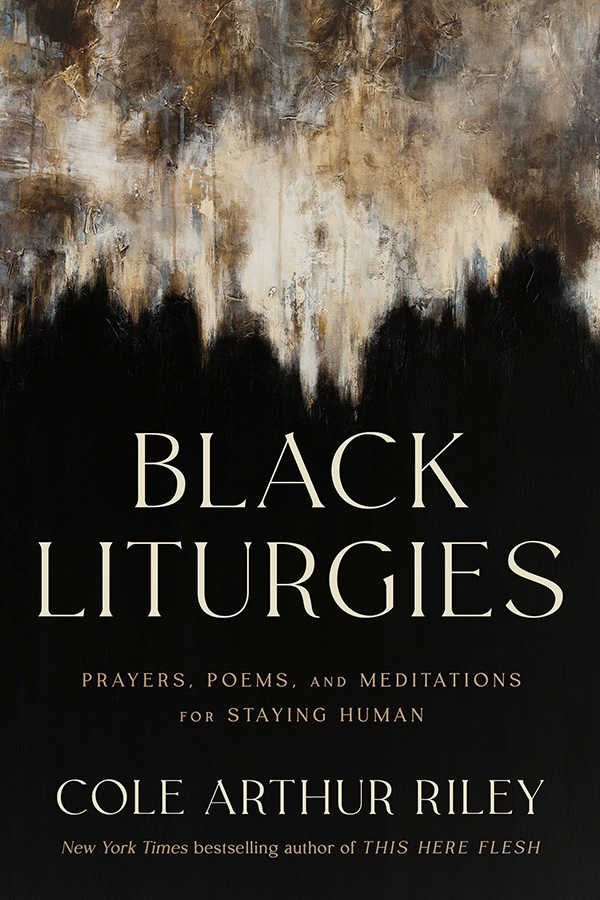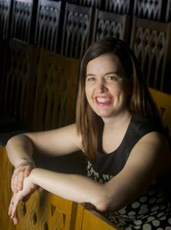Walking through a forest has long been one of my favorite ways to de-stress, even before I heard about the Japanese concept of shinrin-yoku, or “forest bathing.” The practice of “taking in the forest” has now been acknowledged globally as a tool for preventive care and healing. Simply walking under a canopy of trees can provide a calming, restorative antidote to our fast-paced, technological lives.
If we pay careful attention, the forest can also provide us a model for thriving communities.
In Richard Powers’ epic novel “The Overstory,” scientist and recluse Patricia Westerford discovers what she calls a “gospel of new forestry.” She comes to understand the interdependence of the forest, the mutual care that exists in this ecosystem, and the self-sacrifice that enables the whole to thrive: “Turns out that the temperate jungle’s million invisible tangled loops need every kind of death-brokering intermediary to keep the circuits coursing. Clean up such a system, and the countless self-replenishing wells run dry.”
As she studies and lives deep in the forest, she sees examples in abundance: “Beards of lichen high in the air, that grow only on the oldest trees and inject essential nitrogen back into the living system. Subterranean voles that feed on truffles and spread the spores of angel fungi across the forest floor. Fungi that infuse into the roots of trees in partnerships so tight it’s hard to say where one organism leaves off and the other begins.”
But it’s the Douglas firs that astound her the most: “When the lateral roots of two Douglas-firs run into each other underground, they fuse. Through those self-grafted knots, the two trees join their vascular systems together and become one. Networked together underground by countless thousands of miles of living fungal threads, her trees feed and heal each other, keep their young and sick alive, pool their resources and metabolites into community chests.”
“Before it dies,” she discovers, “a Douglas-fir, half a millennium old, will send its storehouse of chemicals back down into its roots and out through its fungal partners, donating its riches to the community pool in a last will and testament. We might well call these ancient benefactors giving trees.”
Powers paints a portrait of the interconnectedness of trees that is unlike anything I’ve ever read. These trees are doing what God created them to do, but they also model for us the kind of community that thrives.
Kavin Rowe reminds us that the book of Acts is a rich scriptural source for understanding “the theological shape of God’s work in establishing communities that were meant to thrive.” He identifies six essential features of the “pattern of life in thriving communities” presented by Acts: networks and networking, visibility, provision for the weak, processing of disagreement/conflict, articulacy of belief, and suffering.
As we enter into the new year, how can forests teach us about what it means to be a thriving community? How can we look to the natural world to see the intricate and beautiful ways in which mutual dependence, care and sacrifice are embedded in thriving communities? How might Christian communities, like trees and the Acts community, distribute resources equitably and naturally?
Patrick Reyes witnesses to what thriving community can mean. He describes the way in which a networked forest models the community he needs as a practical theologian and Latinx scholar. In his book “Nobody Cries When We Die,” he describes his “vocation to life” growing up amid daily threats of violence and death.
Reyes contemplates the coastal redwoods in California, just two hours from his childhood home. He notes their enormous height -- especially the Lost Monarch, 320 feet high, with a trunk over 26 feet wide -- and writes: “The coastal redwoods interlock their roots with other members of their … family in order to stand. Their roots are shallow, but they intertwine with the roots of their brothers and sisters. For every family of trees, there is a mother at the center from which all trees branch out. For me, this mother tree was my grandma. From her, all of us intertwined our roots. With her, we could all stand tall and build a forest of the tallest trees in the world.”
This “networking of strength” with family and community helped Reyes survive and achieve his full potential as he grounded himself in the other “trees” around him.
“What I needed was the connectedness in which scholars of color can thrive, survive, and heal,” he writes. “It is teologia en conjunto. It is this connectedness that allows the coastal redwoods to survive fires, dry years, infestations, and diseases that would otherwise tear them down. It is through this connectedness that we can discern and hear God calling us to be our most authentic selves. It is through this connectedness that we [can] hear God’s call in and through the trees.”
What Reyes describes shouldn’t surprise us. Scripture foregrounds trees from its beginning to its end, as God’s means for the flourishing of life and for the healing and the feeding of the nations.















